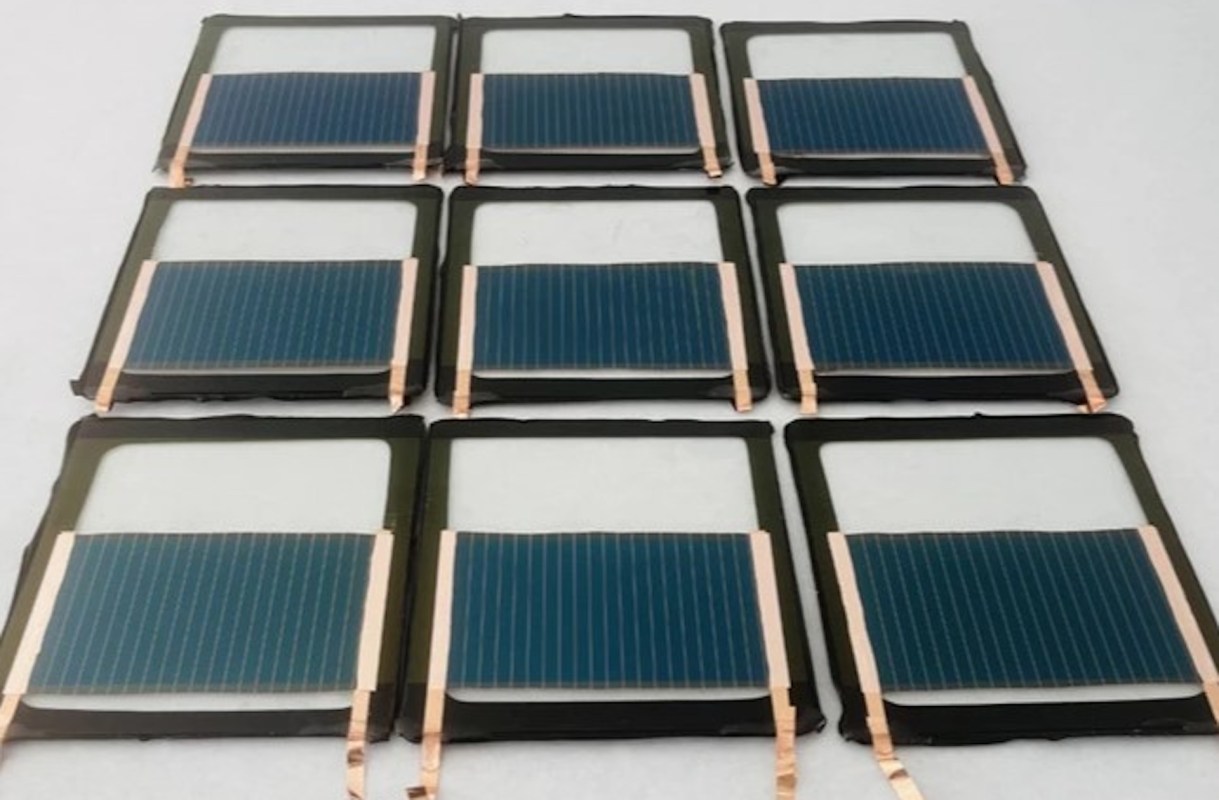Scientists have reportedly achieved the highest efficiency ever recorded for a perovskite solar module's size to date — a feat allowing more power to be harnessed from the sun's energy and a promising opportunity to realize highly efficient, low-cost, and industry-scalable solar energy technology.
"This low-cost material is used as an additive at a very small percentage into perovskite ink," said Jinsong Huang, lead author of the research. "Its use makes perovskite modules cheaper because it makes the fabrication much more reproducible."
These new perovskite modules are treated with zinc trifluoromethane sulfonate, increasing efficiency and device stability. Using these materials, researchers at the University of North Carolina at Chapel Hill created two modules with 84- and 108-centimeter-square areas — about the size of drink coasters. The National Renewable Energy Laboratory confirmed power conversion efficiencies of 19.60% and 19.21%, respectively.
Since the first use of perovskite in a solar device in 2009, it has been hailed as the "miracle material," and the key to transforming the solar industry and the future of green energy.
Perovskite's unique structure offers solar energy remarkable light absorption abilities, charge-carrier speed, and extended lifetimes. In addition to its improvements in solar power, it may also play a significant role in state-of-the-art vehicle batteries, sensors, lasers, and much more.
Extraordinary advancements of perovskite solar cells in recent years have seen efficiency increase from 3% in 2009 to more than 25% today. Scientists believe that efficiency could eventually surpass rates of 30% in the future. However, more research on the subject is still needed before it can reach commercial availability.
🗣️ If you don't have solar panels on your home, which of these factors is the biggest barrier to installing them?
🔘 Upfront costs 💰
🔘 Trouble with my HOA 🚩
🔘 Too much maintenance 🔧
🔘 An incompatible roof 🏠
🗳️ Click your choice to see results and speak your mind
Still holding perovskite solar energy back is its relative cost, thanks to gold acting as its most common electrode material. Stability and durability also pose issues. Perovskite is vulnerable to water and oxygen, which can cause decomposition of the materials. Overexposure to excess light and heat can also weaken and destroy it.
Further testing by the team at UNC Chapel Hill has already begun to produce solutions to improved stability and durability. According to the researchers, zinc trifluoromethane sulfonate helps make perovskite less reactive.
"The CF3SOO‒anions can reduce the generated iodine during perovskite solution or device aging," said the researchers. "At the same time, the zinc cations can precipitate the excess iodide so that the iodide interstitial concentration is diminished throughout the films, resulting in improved device efficiency and stability."
Join our free newsletter for weekly updates on the coolest innovations improving our lives and saving our planet.









